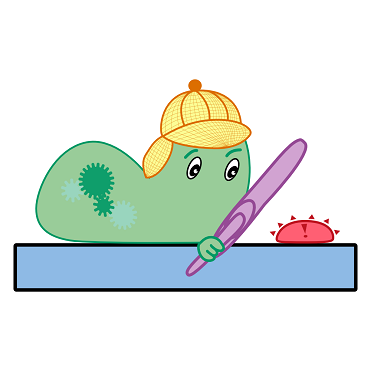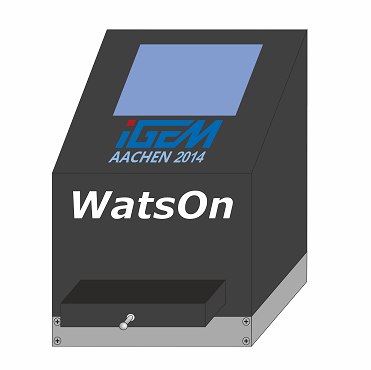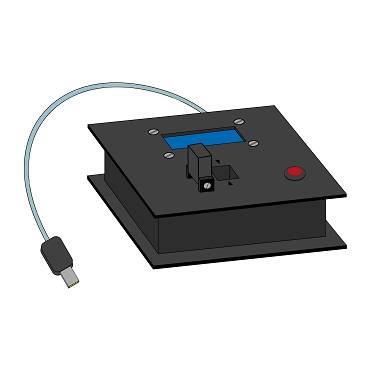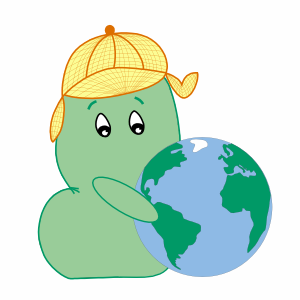Team:Aachen/Achievements
From 2014.igem.org
(→Medal Fulfillments) |
(→Medal Fulfillments) |
||
| Line 77: | Line 77: | ||
|<span style="font-size:150%;">'''Silver Requirements (4/4)</span> | |<span style="font-size:150%;">'''Silver Requirements (4/4)</span> | ||
# It was experimentally validated that [http://parts.igem.org/Part:BBa_K1319001 K1319001], [http://parts.igem.org/Part:BBa_K1319004 K1319004] and other [https://2014.igem.org/Team:Aachen/Parts BioBrick Parts] and Devices of our own design work as expected. | # It was experimentally validated that [http://parts.igem.org/Part:BBa_K1319001 K1319001], [http://parts.igem.org/Part:BBa_K1319004 K1319004] and other [https://2014.igem.org/Team:Aachen/Parts BioBrick Parts] and Devices of our own design work as expected. | ||
| - | # The characterization of [http://parts.igem.org/Part:BBa_K1319001 K1319001], [http://parts.igem.org/Part:BBa_K1319004 K1319004] and other [https://2014.igem.org/Team:Aachen/Parts BioBrick Parts] is documented in the 'Main Page' section of that Registry entry and the parts section of our Wiki. | + | # The characterization of [http://parts.igem.org/Part:BBa_K1319001 K1319001], [http://parts.igem.org/Part:BBa_K1319004 K1319004] and other [https://2014.igem.org/Team:Aachen/Parts BioBrick Parts] is documented in the 'Main Page' section of that Registry entry and in the parts section of our Wiki. |
# [http://parts.igem.org/Part:BBa_K1319001 K1319001], [http://parts.igem.org/Part:BBa_K1319004 K1319004] and other [https://2014.igem.org/Team:Aachen/Parts BioBrick Parts] were submitted to the iGEM Parts Registry. | # [http://parts.igem.org/Part:BBa_K1319001 K1319001], [http://parts.igem.org/Part:BBa_K1319004 K1319004] and other [https://2014.igem.org/Team:Aachen/Parts BioBrick Parts] were submitted to the iGEM Parts Registry. | ||
# During the project we addressed several [https://2014.igem.org/Team:Aachen/PolicyPractices important questions beyond the bench]. Together with students of the [https://2014.igem.org/Team:Aachen/Collaborations/Kaiser-Karls-Gymnasium Kaiser-Karls-Gymnasium] and the [https://2014.igem.org/Team:Aachen/Collaborations/Neanderlab Gymnasiun am Neandertal] as well as people at the [https://2014.igem.org/Team:Aachen/Collaborations/MakerFaire MakerFaire] and at the [https://2014.igem.org/Team:Aachen/Meetup iGEM Meetup] we discussed several issues regarding our project, microorganisms in our environment and synthetic biology. Since we use genetically engineered bacteria to detect human pathogens, [https://2014.igem.org/Team:Aachen/Safety safety] was an important aspect for us throughout the whole project. Together with other German iGEM Teams we encountered an issue regarding [https://2014.igem.org/Team:Aachen/PolicyPractices/BioBrickIntellectualProperty intellectual property rights] in context of the legal status of Biobricks. | # During the project we addressed several [https://2014.igem.org/Team:Aachen/PolicyPractices important questions beyond the bench]. Together with students of the [https://2014.igem.org/Team:Aachen/Collaborations/Kaiser-Karls-Gymnasium Kaiser-Karls-Gymnasium] and the [https://2014.igem.org/Team:Aachen/Collaborations/Neanderlab Gymnasiun am Neandertal] as well as people at the [https://2014.igem.org/Team:Aachen/Collaborations/MakerFaire MakerFaire] and at the [https://2014.igem.org/Team:Aachen/Meetup iGEM Meetup] we discussed several issues regarding our project, microorganisms in our environment and synthetic biology. Since we use genetically engineered bacteria to detect human pathogens, [https://2014.igem.org/Team:Aachen/Safety safety] was an important aspect for us throughout the whole project. Together with other German iGEM Teams we encountered an issue regarding [https://2014.igem.org/Team:Aachen/PolicyPractices/BioBrickIntellectualProperty intellectual property rights] in context of the legal status of Biobricks. | ||
Revision as of 03:31, 18 October 2014
|
|
|||||||||||||
|
|
|
|
 "
"






